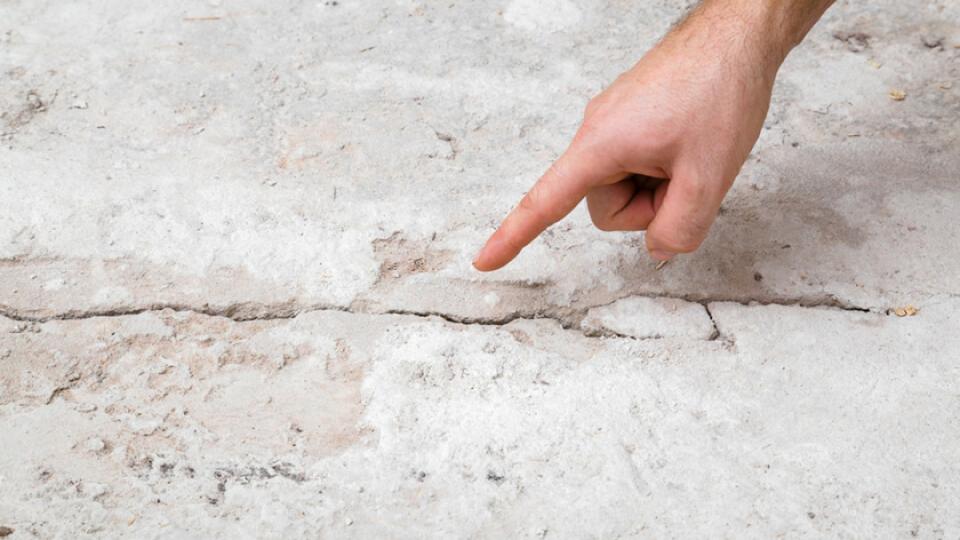A solid foundation is the backbone of every building, providing stability and support. However, over time, factors like soil erosion, water damage, and natural wear and tear can undermine its integrity, leading to costly foundation repairs. To ensure the long-term stability of your property, implementing preventative measures becomes paramount. In this comprehensive guide, we will explore crucial tips and techniques for effective foundation maintenance that can help you avoid the need for extensive repairs in the future.
Understanding the Importance of Foundation Repair:
Before diving into preventative measures, it's essential to comprehend the significance of foundation repair. Ignoring early warning signs can lead to severe consequences, including structural damage and compromised safety. Nipping foundation issues in the bud not only safeguards your property but also preserves its long-term value. Foundation repairs can be complex and expensive, making it imperative to prioritize proactive maintenance.
1. Assess and Address Drainage Issues:
Inadequate drainage is a leading cause of foundation damage. Poorly designed or malfunctioning gutters, downspouts, and improper grading can result in water pooling around the foundation, causing soil erosion and potential movement. Regularly inspect your drainage system and ensure that downspouts direct water at least five feet away from the foundation. Additionally, consider installing French drains or swales to divert excess water away from the property.
2. Control Moisture Levels:
Excessive moisture can wreak havoc on your foundation. Be vigilant in detecting signs of water intrusion, such as damp spots or mold growth, both inside and outside your property. Maintain proper moisture levels by addressing plumbing leaks promptly, installing effective moisture barriers, and utilizing dehumidifiers in basements or crawl spaces. By controlling moisture, you can prevent soil expansion and contraction, which often leads to foundation settlement and cracks.
3. Regularly Inspect and Maintain Plumbing:
Unchecked plumbing issues can have a detrimental impact on your foundation. Leaking pipes or sewer line problems can cause soil erosion and create voids or sinkholes beneath your property. Implement routine inspections to identify any hidden leaks or drips. Additionally, promptly address plumbing repairs to mitigate potential foundation damage, saving you from costly repairs down the line.
4. Maintain Consistent Soil Moisture:
Maintaining consistent soil moisture levels around your foundation is crucial. Extreme dry spells and overwatering can harm the soil and compromise its load-bearing capacity. Consult with landscaping professionals to determine the appropriate irrigation schedule and methods best suited for your property's soil type and climate. Finding the right balance in soil moisture helps maintain a stable foundation while reducing the risk of shifting and settling.
5. Seek Professional Foundation Assessments:
Regular professional inspections from experienced foundation contractors are vital for early detection of any potential issues. These experts can identify signs of foundation damage that may not be noticeable to the untrained eye. Schedule routine inspections, especially after significant weather events or if you observe any warning signs, such as cracks, uneven floors, or doors that stick. Early intervention can save you from more extensive repairs later.
6. Preserve Structural Integrity through Root Management:
Trees and shrubs can add charm and value to your property, but their roots have the potential to wreak havoc on your foundation. Dense root networks can exert significant pressure on the soil, causing it to shift or crack. Implement a root management plan by planting vegetation away from the foundation and regularly trimming existing trees and plants. This precautionary measure helps avoid potential damage caused by invasive roots.
7. Reinforce Foundation with Proper Drainage Systems:
In areas prone to high water tables or heavy rainfall, it may be necessary to install foundation reinforcement systems. These include techniques such as installing exterior waterproofing membranes and drainpipes, as well as interior sump pump systems. By investing in these preventative measures, you can safeguard your foundation against hydrostatic pressure and water damage.
Proactive foundation maintenance is crucial for the longevity and stability of any building. By implementing the preventative measures outlined above, property owners can significantly reduce the likelihood of costly foundation repairs. Regular inspections, effective drainage systems, moisture control, plumbing maintenance, and wise landscaping practices all contribute to preserving the structural integrity of your property's foundation. Remember, prevention is always better than cure when it comes to foundation maintenance. Prioritize these measures, and you'll ensure your property stands on solid ground for years to come.
Reach out to a TrustDALE certified professional for all your foundation repairs and don't forget you're always protected by The TrustDALE $10,000 Make It Right Guarantee™.

